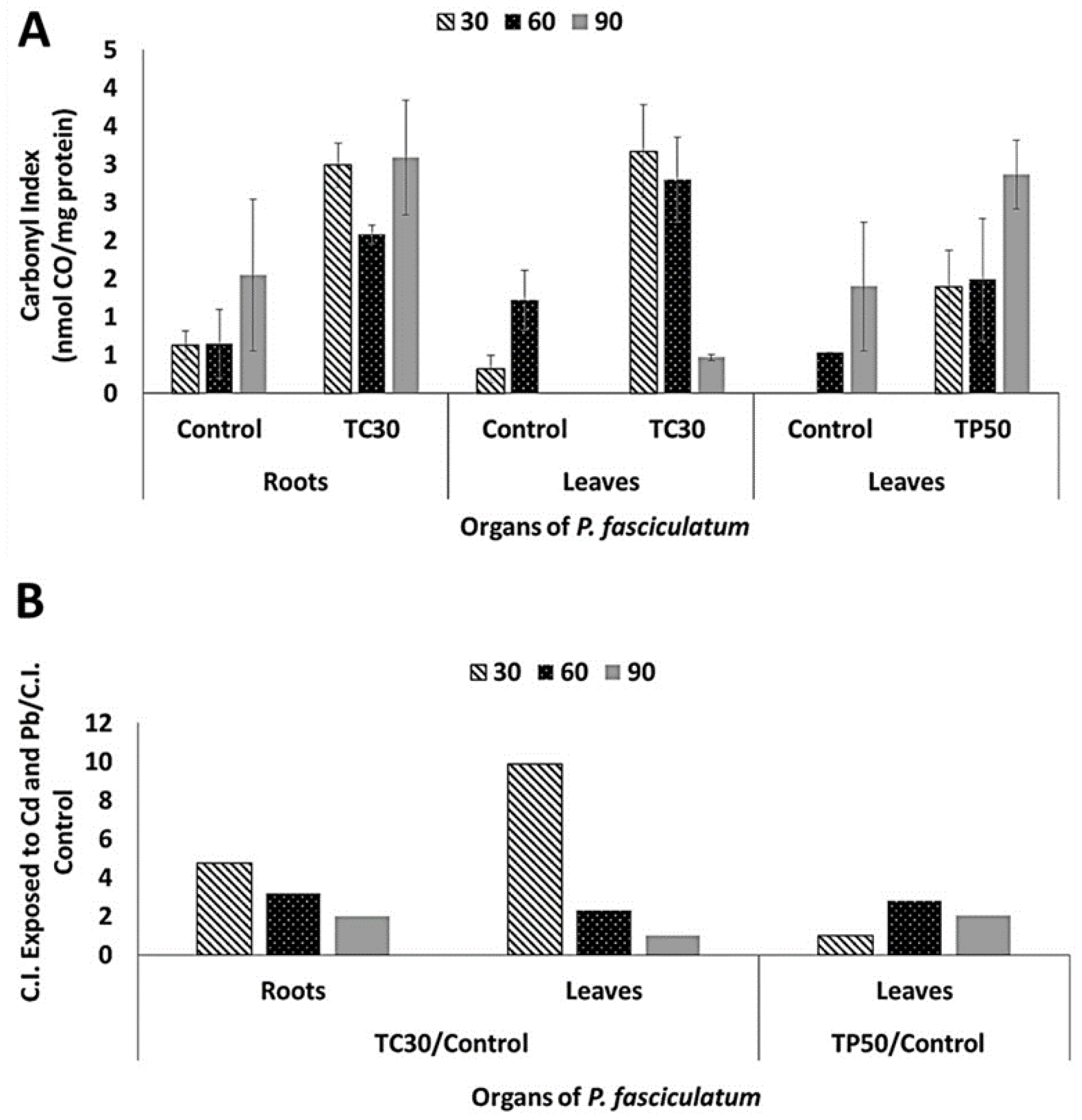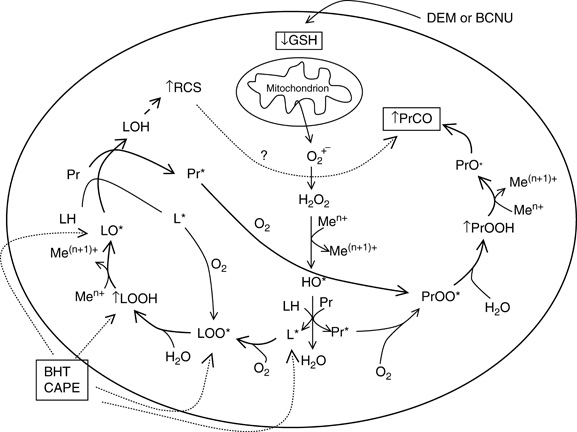

Hernebring M, Brolen G, Aguilaniu H, Semb H, Nystrom T (2006) Elimination of damaged proteins during differentiation of embryonic stem cells.Laemmli UK (1970) Cleavage of structural proteins during the assembly of the head of bacteriophage T4.
#Quantitation of protein carbonylation by dot blot free
Marx G, Chevion M (1986) Site-specific modification of albumin by free radicals.Wang P, Powell SR (2010) Decreased sensitivity associated with an altered formulation of a commercially available kit for detection of protein carbonyls.Luo S, Wehr NB (2009) Protein carbonylation: avoiding pitfalls in the 2,4-dinitrophenylhydrazine assay.J Chromatogr B Analyt Technol Biomed Life Sci 879:1308–1315 Yan LJ, Forster MJ (2011) Chemical probes for analysis of carbonylated proteins: a review.Irazusta V, Moreno-Cermeno A, Cabiscol E, Tamarit J, Ros J (2010) Proteomic strategies for the analysis of carbonyl groups on proteins.Toda T, Nakamura M, Morisawa H, Hirota M, Nishigaki R, Yoshimi Y (2010) Proteomic approaches to oxidative protein modifications implicated in the mechanism of aging.Madian AG, Regnier FE (2010) Proteomic identification of carbonylated proteins and their oxidation sites.Levine RL, Williams JA, Stadtman ER, Shacter E (1994) Carbonyl assays for determination of oxidatively modified proteins.Levine RL, Garland D, Oliver CN, Amici A, Climent I, Lenz AG, Ahn BW, Shaltiel S, Stadtman ER (1990) Determination of carbonyl content in oxidatively modified proteins.In: Anfinsen CB (ed) Advances in protein chemistry. Singer SJ (1963) The properties of proteins in nonaqueous solvents.Wehr NB, Levine RL (2012) Quantification of protein carbonylation by dot blot.Yan LJ, Levine RL, Sohal RS (1997) Oxidative damage during aging targets mitochondrial aconitase.Dixon HB (1964) Transamination of peptides.Carney JM, Starke-Reed PE, Oliver CN, Landum RW, Cheng MS, Wu JF, Floyd RA (1991) Reversal of age-related increase in brain protein oxidation, decrease in enzyme activity, and loss in temporal and spatial memory by chronic administration of the spin-trapping compound N-tert-butyl-alpha-phenylnitrone.Levine RL, Stadtman ER (2001) Oxidative modification of proteins during aging.National Library of Medicine, Bethesda, MD. In: Dalle-Donne I, Scaloni A, Butterfield DA (eds) Redox proteomics: from protein modifications to cellular dysfunction and diseases. Stadtman ER, Levine RL (2006) Chemical modification of proteins by reactive oxygen species.Levine RL, Stadtman ER (2006) Carbonylated proteins and their implication in physiology and pathology.Proceed with immunodetection (see Immunodetection using a chemiluminescent detection method or Immunodetection using a chromogenic detection method).Tip: For larger sample volumes, suitable equipment is available from several suppliers. After applying the samples, the membrane should be dried for a short time at room temperature before proceeding with the detection process.Tip: To differentiate between nonspecific and positive signals, an extra sample containing 1 µl of a cell extract of the host strain without plasmid (or other suitable control) should also be applied to the membrane and treated together with the protein of interest. In most cases diluting the protein with buffer containing denaturing reagents will increase epitope exposure and give better results. Note: Under native conditions especially, the antibody epitope must be at least partially exposed to allow antibody binding. It is also possible to use crude cell lysate and apply 1 µl samples with an estimated concentration of 1–100 ng/µl protein. Apply 1 µl samples of diluted protein directly onto membrane.

Tip: The protein of interest is diluted in dilution buffer for denaturing conditions, dilution buffer for native conditions, or another preferred buffer.


 0 kommentar(er)
0 kommentar(er)
